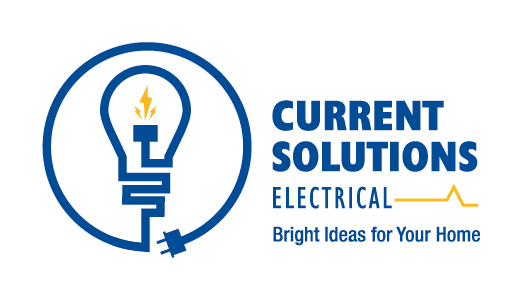How can I keep myself and my loved ones safe?
Every year thousands of people are injured from electrical fires and electrocutions in their own homes.
Before you try to tackle a DIY project, know that working with electricity is dangerous. Don't risk injury or introduce new dangers
to your home. Electrical hazard indicators include:
- Flickering and/or dimming lights
- Blowing fuses and/or tripping circuits
- Warm-to-the-touch outlets and/or switches
Protect yourself against fire and electric shock by contacting the right electrician.
Think
safety first
Your home's wiring, outlets, switches and electrical panels naturally wear out over time, which exposes your house and its residents to risk. Replacing old or faulty electrical with new, modern options helps keep you safe. It can also help you modernize your home and become more energy efficient.
Avoid overloading circuits by plugging in too many electrical items at the same time. Instead, add outlets to frequently used areas of your home.
DETECT Smoke &
Carbon monoxide
It's recommended we replace the batteries in our smoke detectors every six months, but let's face it: most of us forget. Instead of relying on battery-powered smoke alarms, get24/7/365 protection by hard-wiring smoke detectors into your home’s electrical.
In addition to smoke detection, we can also help protect you from carbon monoxide, a harmful odorless and tasteless gas that's nearly impossible to identify without a proper detector.
STay safe
around water
Ground fault circuit interrupters (GFCIs) should be used in any area where water may come into contact with electricity (kitchens, bathrooms, laundry rooms, garages, and any outside areas).
GFCIs are electrical safety devices that quickly shut off power to the circuit when leaky currents or ground faults are detected, preventing people from being shocked or electrocuted. Since the 1970s, GFCIs have helped cut the number of home electrocutions in half.



